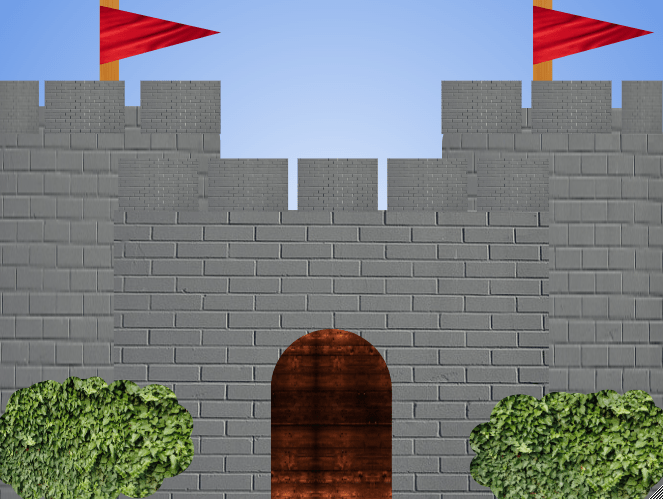This blog post was written by Valencia on behalf of LS1. Click here to visit Valencia’s blog.
This week, LS1 has been learning about Cook Islands Language Week. We had two tasks to complete related to Cook Islands Language Week. Our first task was to research the Cook Islands.
We had multiple choices; everyone had a different topic. Most people chose sayings and phrases, but for our task, we had to present it on Google Slides, which required ten slides as specified by our teacher.
It was a challenge, but everyone tried their hardest. Each presentation was well-crafted and unique. It was often difficult to find research on our topics.
Our second task involved creating a tivaevae, a cotton bedspread made by Cook Island women. Tivaevae feature flower and insect patterns in two different colors. They are made very carefully and are incredibly beautiful.
While tīvaevae serve a practical purpose, they are also used as decorations and, more importantly, are presented as gifts at significant occasions such as weddings, funerals, pakoti’anga rauru (boy’s hair cutting ceremonies), receptions for church ministers, and, among New Zealand Cook Islanders, 21st birthday parties.




